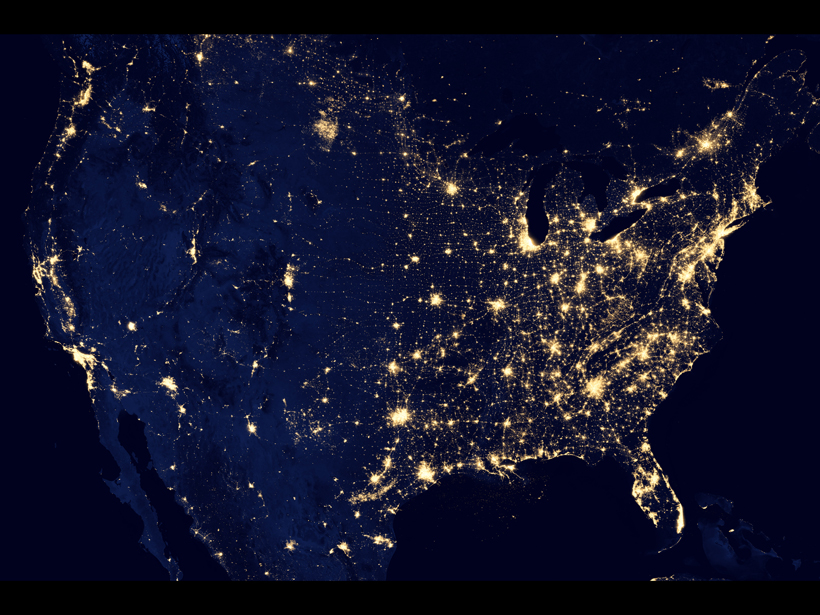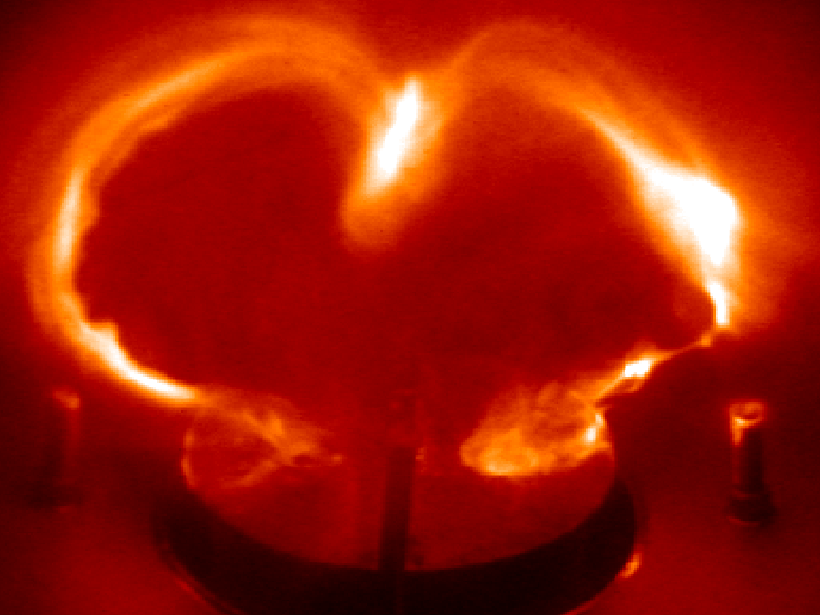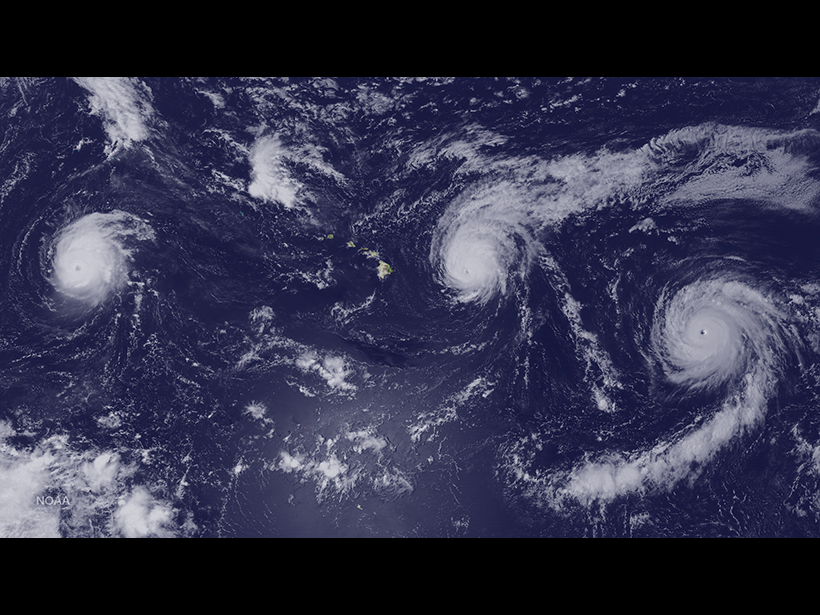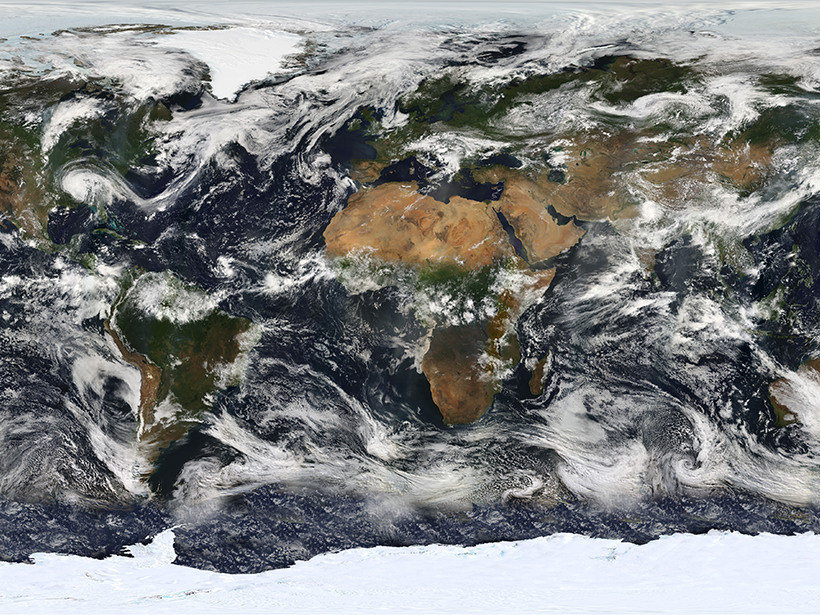A new study shows that atmospheric ash reflects solar radiation months after volcanic eruptions.
Research Spotlights
Research spotlights are plain-language summaries of recent articles published in AGU’s suite of 24 journals.
Reconstructing Ocean Climate History
Scientists recreate ocean climate data to explore historical warming—and cooling—trends in Earth's seas.
Hong Kong, Macau at Greater Tsunami Risk Than We Thought
Researchers assess tsunami risk in the South China Sea based on models of seismic slip along the Manila megathrust.
Can We Predict the Future of Ocean Carbon Dioxide Uptake?
A new understanding of uncertainties in climate change models allows scientists to decide which source to tackle first in order to better forecast our planet's changing climate.
Mapping Geoelectric Hazards Across the United States
Variations in Earth’s magnetic field can induce electric fields in the ground, driving damaging currents through our power grids.
Simulating the Climate 145 Million Years Ago
A new model shows that the Intertropical Convergence Zone wasn't always a single band around the equator, which had drastic effects on climate.
Lab Experiment Tests What Triggers Massive Solar Eruptions
In a first-of-its-kind demonstration, scientists provide experimental support for a possible mechanism behind the formation of coronal mass ejections.
Why 2015 Was a Big Hurricane Year for the Eastern North Pacific
Record-breaking oceanic and atmospheric conditions led to a remarkable season in a key Pacific hurricane development region.
Eliminating Uncertainty One Cloud at a Time
The impact of clouds on climate change has been a scientific mystery for decades. Now researchers are fighting to gain the upper hand.
Switching to Drought-Tolerant Plants Could Alter Urban Climates
In Los Angeles, replacing lawns with native plants that need less water could lead to hotter days and cooler nights.










